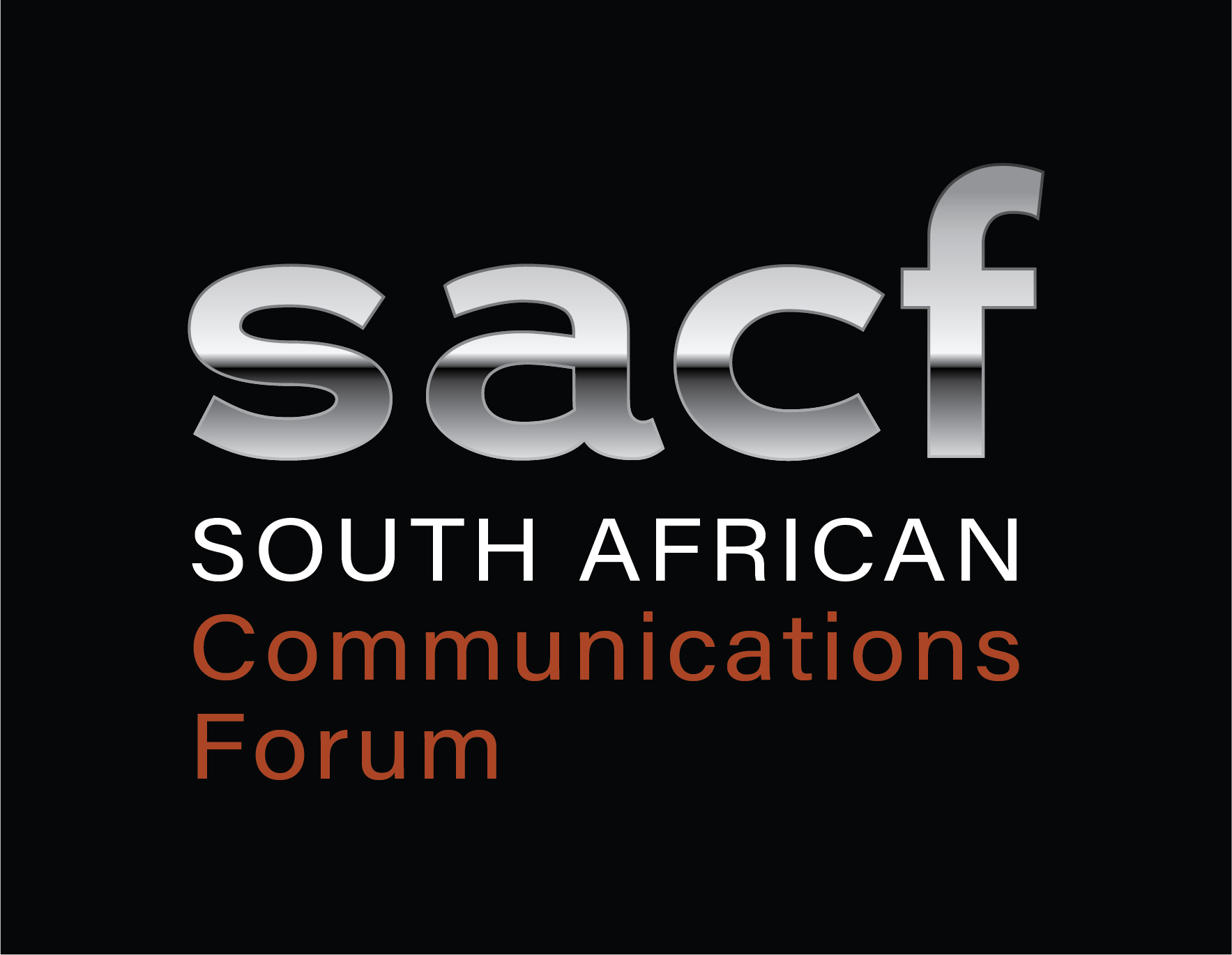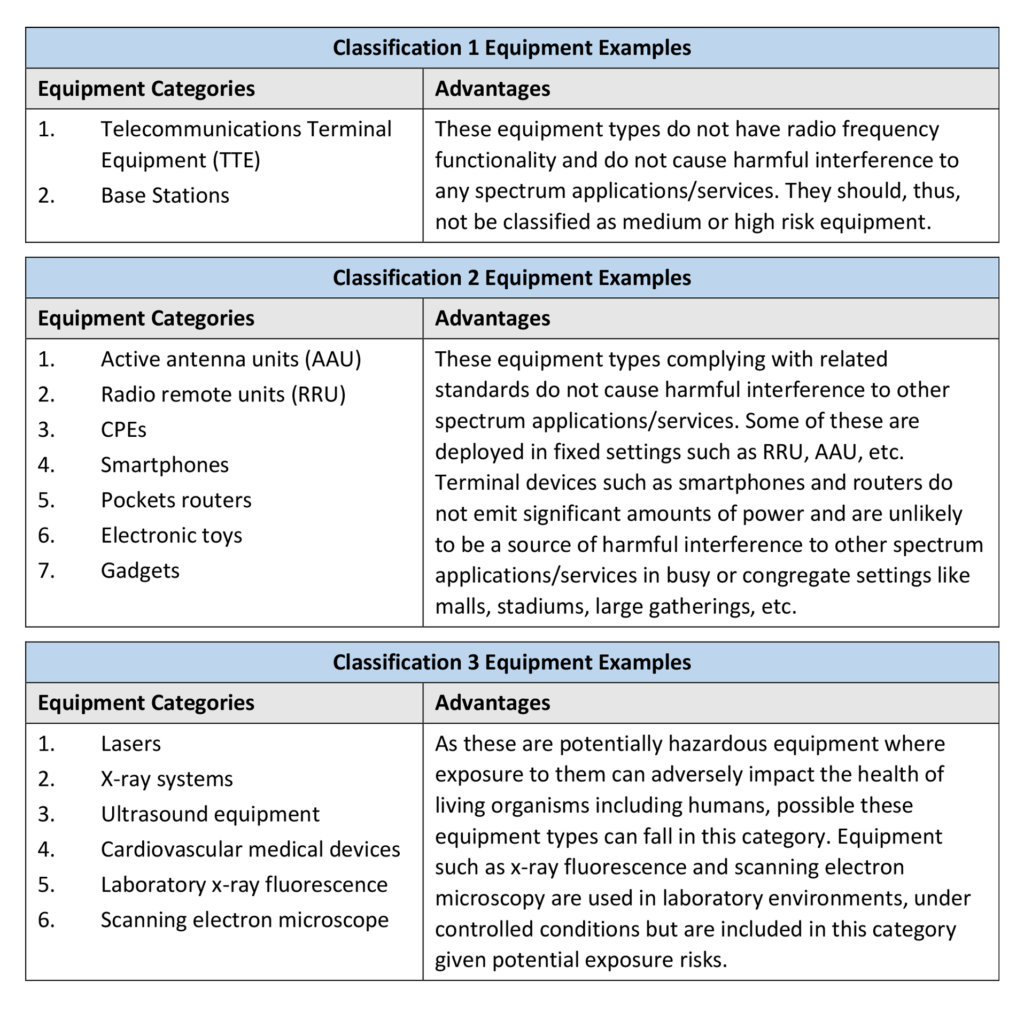It is essential that any policy is forward looking and strikes a balance between protecting current and historic investment while promoting investment in new technologies. …
latest submissions
-
-
It is essential that any policy is forward looking and strikes a balance between protecting current and historic investment while promoting investment in new technologies. …
by Deidre -
Type approval has been a significant bottle neck which has caused significant delays which may in part be attributed to the manual processing and has …
by Deidre -
According to the proposed Policy, the adoption of strategies and interventions to exploit opportunities presented by data and cloud computing are needed to enable the …
by Deidre -
The SACF welcomes the opportunity to comment on the section 4B Inquiry into the Role of the Authority in respect of Cybersecurity.
by Deidre -
The SACF welcomes the opportunity to comment on the Draft Code for Persons with Disabilities Regulations (the Draft Code) for further comments as published in …
by Deidre
Heading Title
May 3, 2022
Mr Lumkile Qabaka
Project Leader
350 Witch-Hazel Avenue
Eco Point Office Park
Eco Park
Centurion
Per email: LQabaka@icasa.org.za
SACF Written Comments on the Draft Equipment Authorization Regulations
- The SACF welcomes the opportunity to submit comments to ICASA on the Draft Equipment Authorization Regulations, published on 31 March 2021.
- The SACF is an industry association that represents members throughout the ICT value chain all of whose businesses are impacted at varying degrees by the type approval regulations.
- Type approval has been a significant bottle neck which has caused significant delays which may in part be attributed to the manual processing and has seen some improvement following the use of the portal. Despite the improvements and even the expedited processes instituted in line with the COVID regulations, type approval remains a challenge for our members.
- The SACF would like to participate in a further processes related to these regulations.
General Comments
Regulatory Approach
Risk-based approach
- The draft regulations appear to adopt a flat approach to regulating type approval treating all equipment as equal when indeed they are not and should be regulated differently to address the regulatory challenges.
- The regulations instead ought to adopt a risk-based approach that recognizes prior approvals from other jurisdictions within Region 1. The type approval process ought to use certification from other jurisdictions rather than requiring local or new certification for equipment that has already been deployed in other jurisdictions.
- This approach, in our view will contribute to a more efficient, streamlined process.
- There are OEMs who manufacture and distribute equipment globally and as a result have had such equipment type approved in other jurisdictions with equipment being tested by reputable laboratories. As a result, such equipment in our view is likely to pose a low risk to the safety of consumers and the integrity of networks.
- Networks around the world use the equipment from these OEMs and have and maintain additionally high standards as a result of their regulatory requirements and the competitive edge that high quality networks offer.
- We nevertheless realize that there probably are many more applications submitted by other less known players with less of a track record of the use and application of the equipment. This is in our view is likely to pose a significantly high risk and ought to be looked at more closely to manage the risk.
Recommendation
Therefore, the SACF is of the view that the Authority could achieve this by:
- Creating a database of recognized labs accepted in other jurisdictions
- Create a process of registration of OEMs or suppliers able to use an expedited process of registration
- The Authority together with stakeholders could develop the applicable criterion.
Conformity Assessment Approaches
- We welcome the principle of a varied risk-based approach to type approval. While, the draft regulations speaks to the different classifications, the categorization of equipment for Classification 2 and 3 has been omitted.
Equipment Exclusion
- We note with concern that the draft regulations suggests that antenna are not active equipment, the rationale for this is unclear and we urge ICASA to reconsider this as we are of the view that antenna are active equipment.
- We are of the view that when considering the associated level of risk of interference. Currently, there is a managed approach around the rollout of antenna, with the proposed new approach how will the regulator manage compliance?
- In a laissez-faire environment, where anyone any effectively add an antenna how will the Authority manage usage and interference caused on networks when the Authority’s jurisdiction is limited. ICASA’s power on equipment extends to type approval of equipment or licensees in respect of interference.
Recommendation
- Clearly and properly define an antenna. Continue to have antenna type approved and they must be rolled out in conjunction with the network.
Certification of Application
- The draft regulation indicates that certificates of conformity would be valid for five years for Classification 2 equipment and three years for Classification 3 equipment.
- The regulations do not clearly set out the rationale for the defined applicability of the certificate of conformity or what happens at the end of the period of applicability.
- Once equipment has been deployed and is in use, why is a new certificate of conformity required? What is the mischief that ICASA is trying to cure?
- The cost to communicate project has been a key priority of ICASA and the government has been to drive down the cost of communications to the end user. Driving down the cost to the end user is difficult when the input costs are increasing.
- An accompanying explanatory memorandum would have provided the necessary context for the limited life of the conformity certification.
Equipment Authorization Process
- To apply for a certificate of conformity, the applicant is required to submit all of the technical information, safety and performance information for all equipment.
- While the SACF is of the view that type approval remains an important tool for regulation in the public interest as it is essential that equipment is safe and does not cause interference, this ought to be done as efficiently as is possible.
- While one can appreciate the rationale for limiting type approval for end user devices to limit dumping, it is difficult to link the limitation of type approval to network elements are that may be maintained in the network for its usable lifespan. The draft regulations seeks to include a sunset on all type approvals which needs to be renewed. It would have been useful, had we understood the context for this provision, and what the mischief was that was trying to be cured. In the absence of this context it is difficult to make a directed and meaningful proposal.
- As a result why is it necessary for type approval to renewed while the current equipment is in used. What would have changed?
- Although we can understand the desire to limit type approval to prevent dumping, which would largely apply to consumer goods and could be addressed in the regulations. Again, we are of the view that a single approach for all equipment is unlikely to achieve the desire efficiency.
- Regardless, we are of the view that the limitation on type approval for identified categories of equipment can only apply to new goods being brought in and cannot apply to equipment in use. For example, a consumer has CPE which they are using, would the envisaged limitation of type approval compel them to stop using the equipment. How would this align with the national priority of reducing the cost to communicate?
Introduction of Third- Party Labs for Approvals
- We note the introduction of third-party labs that are required to type approve equipment entering the South African market. The inclusion of additional steps in the type approval process consequently increases the cost of the process and conflicts with the national priority of reducing the cost to communicate.
Transitioning Temporary Type Approval
- Licensees have been extending networks to support demand and as they do this, additional new equipment becomes necessary. Therefore, it is critical that the type approval relaxation remains in place.
- As some equipment has been in use for a prolonged period, the Authority must introducing a process to enable stakeholders to apply for a transition to permanent type approval as some temporarily approved equipment.
- Given that ICASA is in the process of introducing new equipment authorization regulations to address the prevailing Type Approval challenges, an extension on the validity period of temporary Type Approval authorization will sustain the current momentum in the industry. All existing temporary Type Approved equipment which are already certificated in other Region 1 countries (e.g. EU Type Examination Certification issued by Notified Bodies in the European Union) should be allowed to continue to serve the public while awaiting formal ICASA Type Approvals.
Recommendation
- Equipment approved under the temporary type approval dispensation should be transitioned to permanent type approval rather than be decommissioned. There is a national economic imperative for this.
Conclusion
- The SACF welcomes the opportunity to comment and looks forward to further participating in this process as we are of the view that there is still much to be resolved.
- We are further of the view that a one size fits all approach will not work due to the difference in equipment and its application. A more nuanced approach is most likely to be more efficient and cost-effective.
- We welcome any approach and dialogue to improve the efficiency of the type approval processes as type approval has long been a very significant bottleneck which has the potential severely prejudice revenues.

Katharina Pillay
Managing Director
latest submissions
-
It is essential that any policy is forward looking and strikes a balance between protecting current and historic investment while promoting investment in new technologies. …
by Deidre -
It is essential that any policy is forward looking and strikes a balance between protecting current and historic investment while promoting investment in new technologies. …
by Deidre -
Type approval has been a significant bottle neck which has caused significant delays which may in part be attributed to the manual processing and has …
by Deidre -
According to the proposed Policy, the adoption of strategies and interventions to exploit opportunities presented by data and cloud computing are needed to enable the …
by Deidre -
The SACF welcomes the opportunity to comment on the section 4B Inquiry into the Role of the Authority in respect of Cybersecurity.
by Deidre -
The SACF welcomes the opportunity to comment on the Draft Code for Persons with Disabilities Regulations (the Draft Code) for further comments as published in …
by Deidre
CONTACT US
- The Work Space, 63 Bram Fischer Drive Robindale, Randburg, Johannesburg
- Phone: (+27) 11 0860 673
- Email: info@sacomforum.org.za




